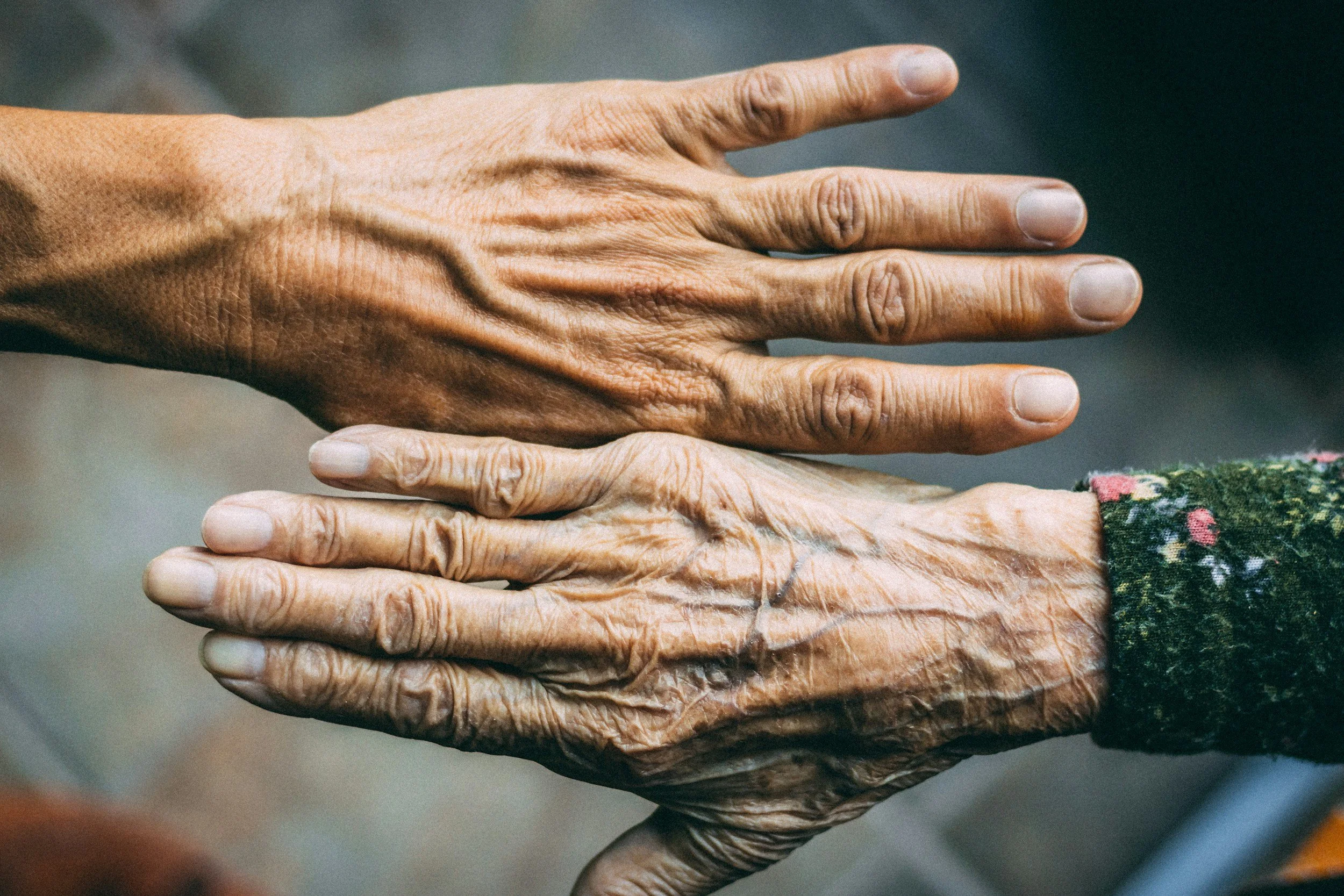Don’t Let Arthritis Knock You Down: Proactive Balance Tips That Work
Arthritis is one of the most common chronic health conditions among older adults—and one which is frequently misunderstood. According to the National Council on Aging (NCOA), 32.5 million Americans over the age of 65 are living with arthritis, representing nearly half of this age group. But the effects of arthritis go beyond joint pain and stiffness: it significantly increases your risk of falling.
In fact, studies show that patients with symptomatic osteoarthritis (OA) in just one hip or knee joint have 53% higher odds of falling. When two joints are affected, the odds rise to 74%. Even more concerning: individuals with self-reported or physician-diagnosed OA are more than twice as likely to experience multiple falls, and their falls are more likely to result in injuries.
So why does arthritis have such a profound impact on your balance?
The Real Story Behind Arthritis
Many people assume arthritis is a natural result of “wear and tear” on the joints over time. But the NCOA explains that arthritis is not simply about aging or overuse. It’s a complex disease involving the breakdown of cartilage, the cushioning material between your bones. As the cartilage wears away, it causes inflammation and pain and can result in bone rubbing on bone (causing even greater pain, and loss of mobility).
This painful joint damage often discourages people from moving—leading to weakened muscles around the affected joint. That weakness, in turn, reduces joint stability, leading to further pain and reduced mobility. It’s a vicious cycle: pain causes immobility, which causes weakness, which causes more pain—and increases the risk of falling.
On top of that, many people managing chronic arthritis pain rely on opioids, which come with side effects like dizziness, drowsiness, and delayed reflexes—all of which add to fall risk.
But here’s the good news: with the right approach, you can reduce your risk and improve your balance—even if you have arthritis.
Break the Cycle: Move More, Fall Less
While rest might seem like the answer when joints hurt, movement is actually one of the most effective ways to protect your joints and your balance. The key is choosing exercises that are gentle on your joints but effective in strengthening the muscles that support them. Exercise not only protects your balance, but can also reduce the painful symptoms of osteoarthritis.
1. Get in the Water
Aquatic exercise is one of the best forms of movement for people with arthritis. The buoyancy of water reduces stress on the joints, while still offering resistance to build muscle strength and improve joint mobility. Many community centers, gyms, or senior living facilities offer arthritis-specific pool classes, often led by instructors trained in low-impact movement.
Swimming, water walking, and water aerobics are excellent choices to build leg strength, improve coordination, and gently mobilize stiff joints—all critical for preventing falls. Just remember that the water gives you buoyancy, which means it’s not working your balance system as well as workouts on land. Aim to have a mixture of the two in your week.
2. Practice Standing Balance and Dynamic Moves
Exercises that challenge your balance are primarily done standing, not seated, and help retrain your brain and body to respond more quickly and confidently to movements you need in everyday life like getting out of a chair or going up steps. These movements are also found in Tai Chi, which has been shown to be very effective for balance while being gentle on joints.
Start small and safe: if you are unsure, ask for help from a physical therapist. Over time, progress to more challenging exercises, knowing that your balance is responding to the challenges you’re giving it.
Remember, the key to building balance is consistency. Short, daily balance exercise ‘snacks’ are better than one big session once or twice a week.
3. Stretch and Strengthen for Joint Health
Don’t forget flexibility. Gentle stretching helps maintain joint range of motion, while strengthening the muscles surrounding joints—especially the hips, knees, and ankles—can reduce stress on damaged cartilage.
Any balance exercise program should address mobility as well as strength. Remember to go at a gentle pace and do a little every day.
Know Your Balance—and Monitor It
One of the smartest things you can do if you’re living with arthritis is to measure your balance regularly. This helps you understand how your body is responding to pain, medication, fatigue, or activity levels on any given day.
Balance isn’t static—it changes from one day to the next based on many factors. If your balance is worse than usual one morning, that might be the day to use a cane or walker, take extra care climbing stairs, or modify your routine. Zibrio’s balance measurement tools make it easy to track your balance over time, helping you recognize patterns and make informed decisions about your safety.
Regular balance checks can also help you monitor the effectiveness of your exercise routine and give you the confidence to keep moving, knowing you’re heading in the right direction.
Small Steps, Big Impact
If you’re living with arthritis, falling doesn’t have to be a foregone conclusion. With the right knowledge and tools, you can:
Interrupt the pain-weakness-fall cycle
Build strength safely
Improve joint mobility
Track your progress in a meaningful way
Zibrio is here to support your journey toward better balance. Whether you're looking for practical tips, research-backed tools, or motivation to keep moving, we believe in your ability to live well—without letting arthritis knock you down.
Ready to see where you stand?
Ask your community or physician about Zibrio Stability scale testing days. Your balance matters—every day.

